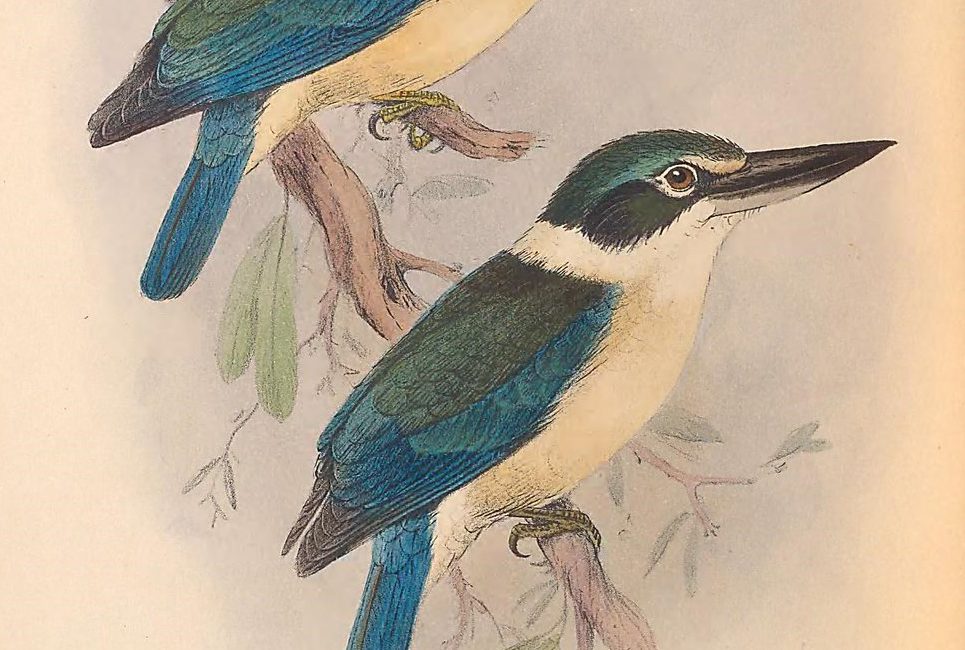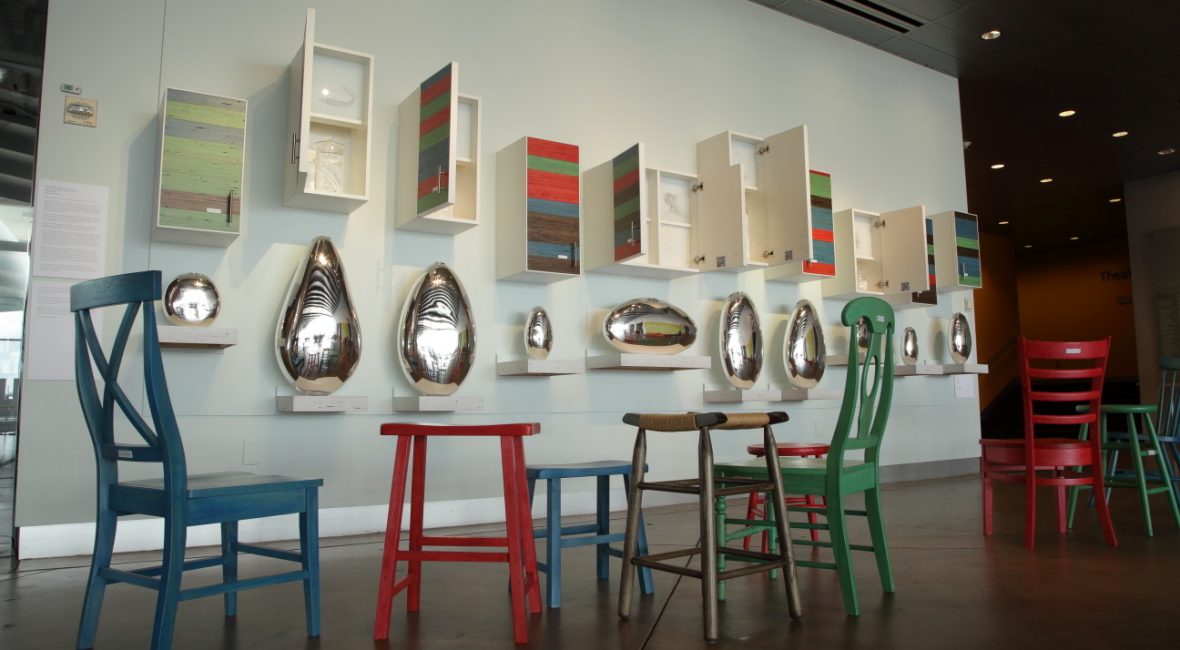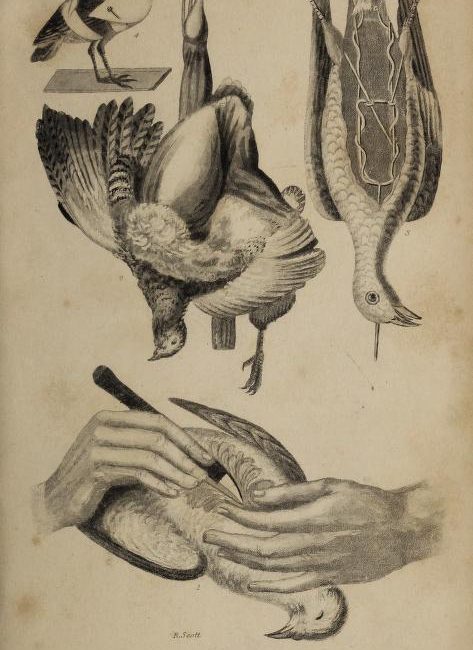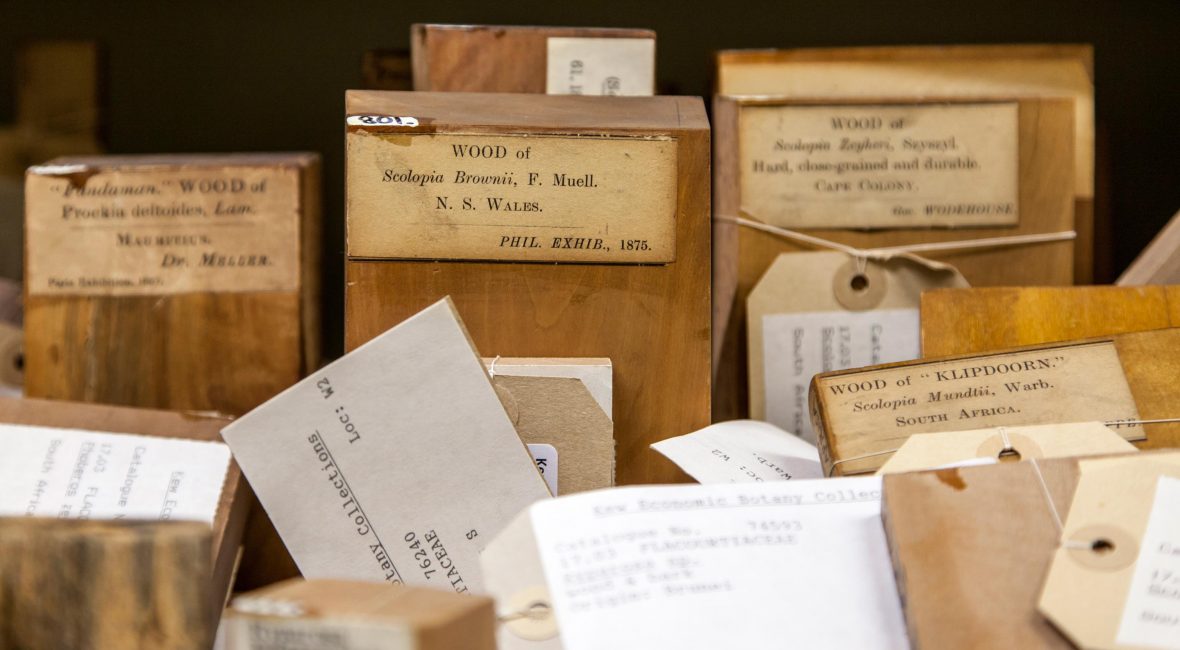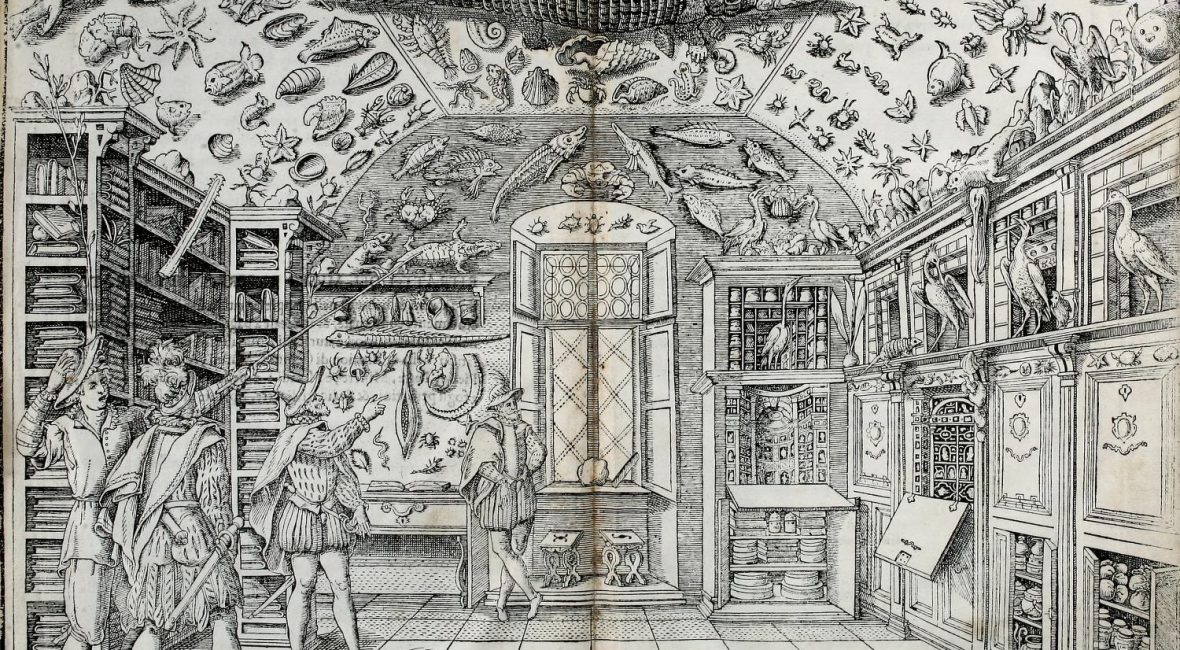We often think of natural history libraries serving as memorials for lost species, animals like the passenger pigeon and the dodo living on only in books, photos, and illustrations that tell sad cautionary tales of once-abundant populations lost to overhunting or habitat destruction.
However, such records also tell stories of hope, providing valuable resources for modern scientists working to protect threatened wildlife. Since it was founded in 2006, BHL’s historical documents have supported the work of conservationists devoted to saving everything from Caribbean mammals to rare wetland plants. Not only are accessible records that describe the historic ranges, populations, and other characteristics of a species essential for researchers, but they help remind the public of how vibrant historical ecosystems were—and the importance of protecting what is left.
“The real advantage of BHL is keeping our ecological memory intact, and not allowing us to collectively forget how beautiful, wild, and diverse ecosystems of the past were,” wrote historical ecologist Dr. Joshua Drew in a blog post from BHL’s 2020 Earth Optimism campaign. “If we succumb to this collective amnesia, we risk setting our conservation bar too low and allowing the dulling of our natural environments to continue without even recognizing our losses.”
As part of BHL’s Earth Optimism series, we’re sharing the conservation success stories of four bird species, all prominently featured in the BHL collection, whose impending losses were reversed through the efforts of concerned citizens and researchers.



